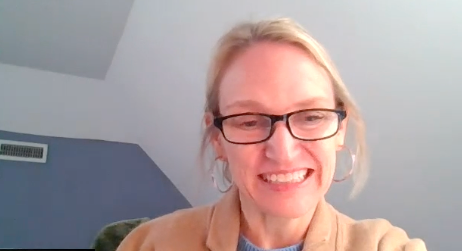Infection
Reducing CLABSIs by 47%: The Impact of Trained Nurse Observers in Catheter Insertion Teams
A recent report published in the American Journal of Infection Control (AJIC) suggests that creating a dedicated team of nurses to assist with central line insertions can significantly reduce the risk of patients developing bloodstream infections. The report, authored by infection preventionists at UNC Health, shows that implementing a dedicated team led to a 47% reduction in the proportion of central line-associated bloodstream infections (CLABSIs) occurring within 7 days of line placement among patients included in the program.
To examine the report’s results, Infection Control Today® (ICT®) spoke with Shelley Summerlin-Long, MPH, MSW, BSN, RN, senior quality improvement leader, infection prevention, UNC Medical Center, Chapel Hill, North Carolina. The team was launched in 2019 with 4.5 fulltime employees to cover 24-hour, 7-day-a-week clinical coverage.
The team’s “key finding was during the team’s first 3 years [from] 2019 to 2022, we found that CLABSIs that were occurring during those first 6 days after central line insertions decreased by 47% in the areas within that team’s scope,” Summerlin said.
“They play an important role during the insertion process,” Summerlin continued. “They are there to [provide] support. The evidence-based guidelines for CLABSI prevention recommend having a second person, a trained health care provider in the room during central line insertions who is empowered to stop the procedure, if there are any breaches in aseptic technique and who is there to document on the checklist, and in general, support the provider who is inserting the central lines. Our central venous access device (CVAD) Liaison team is there to help set up the room to document on the checklist, again, to observe the aseptic technique, help the provider if there are any issues that come up, and then go get additional supplies if needed. And they’re experts in this and able to guide that the provider and especially helpful for our learners, our residents.”

